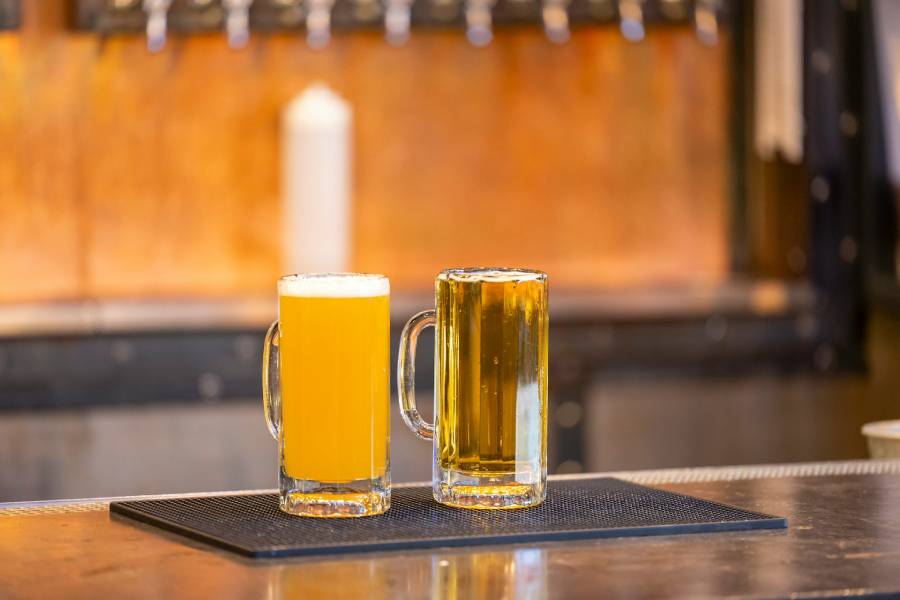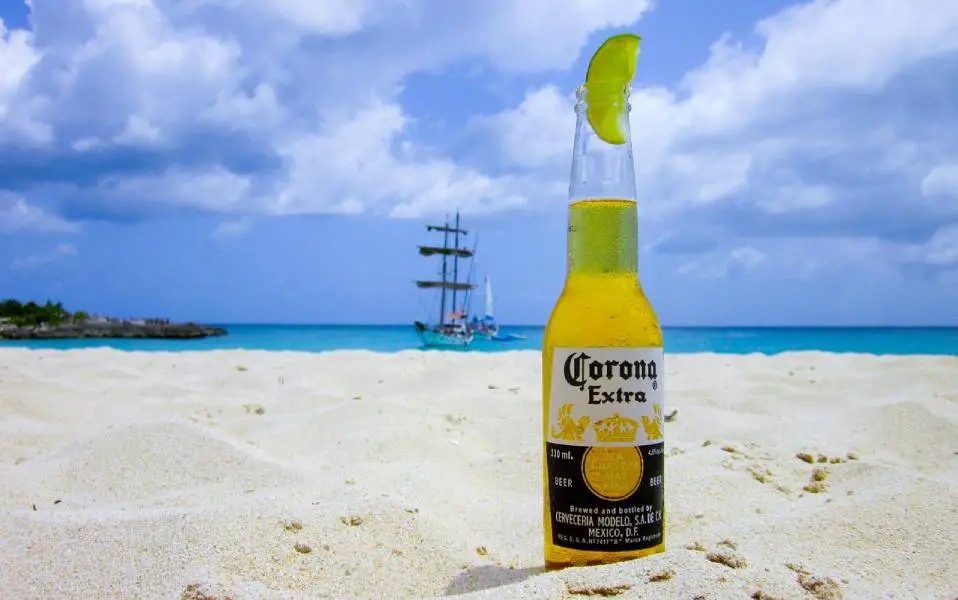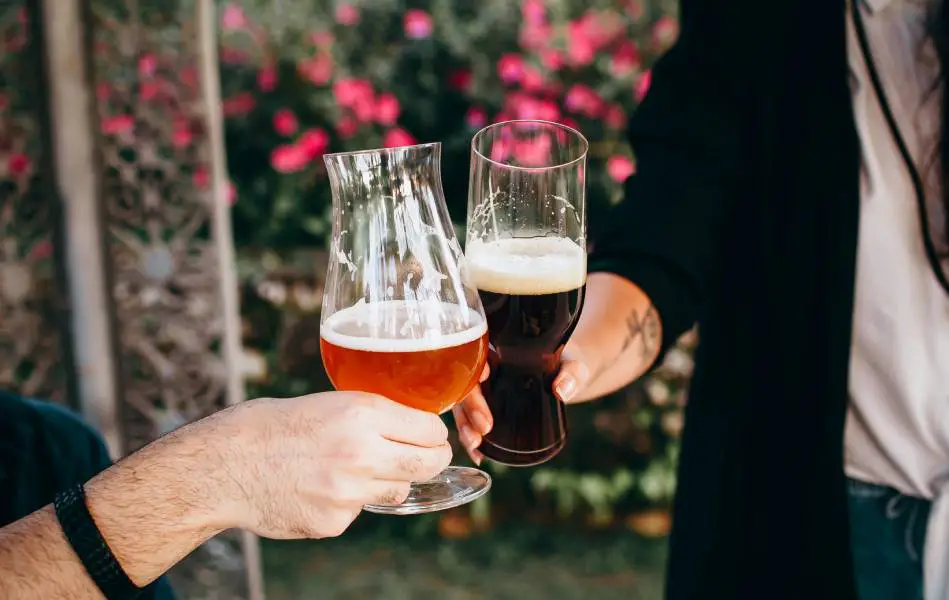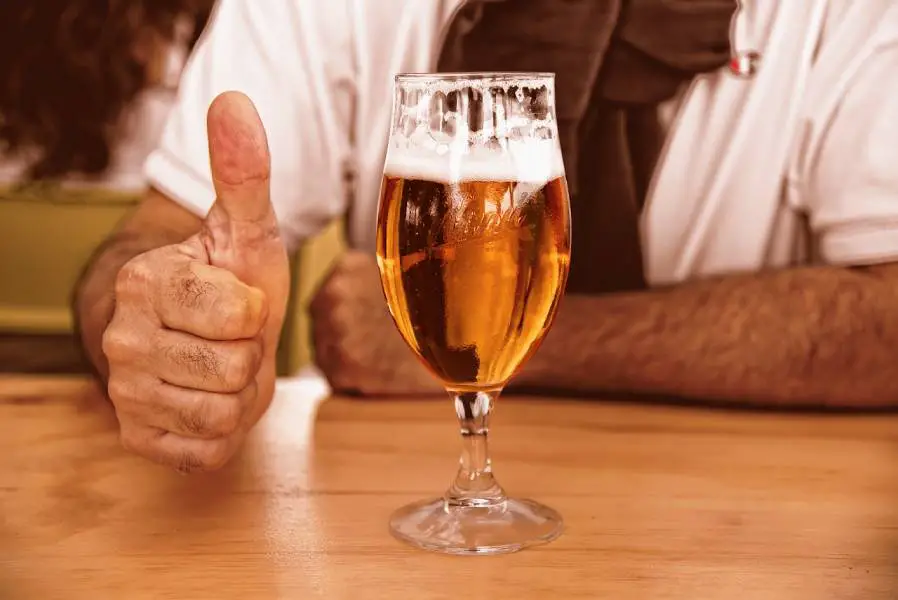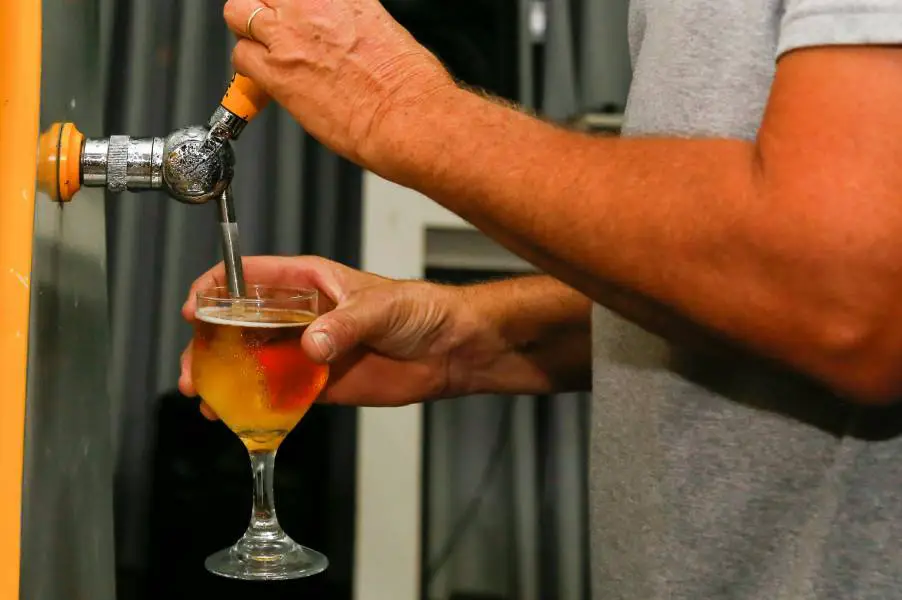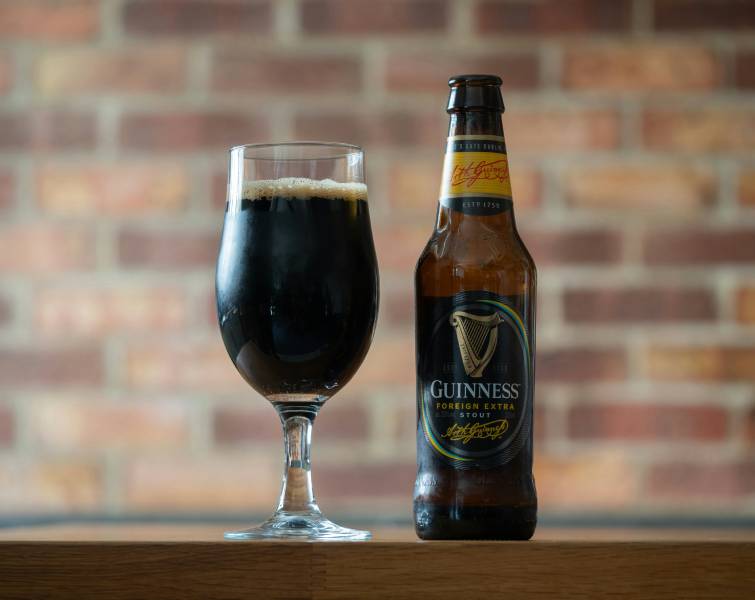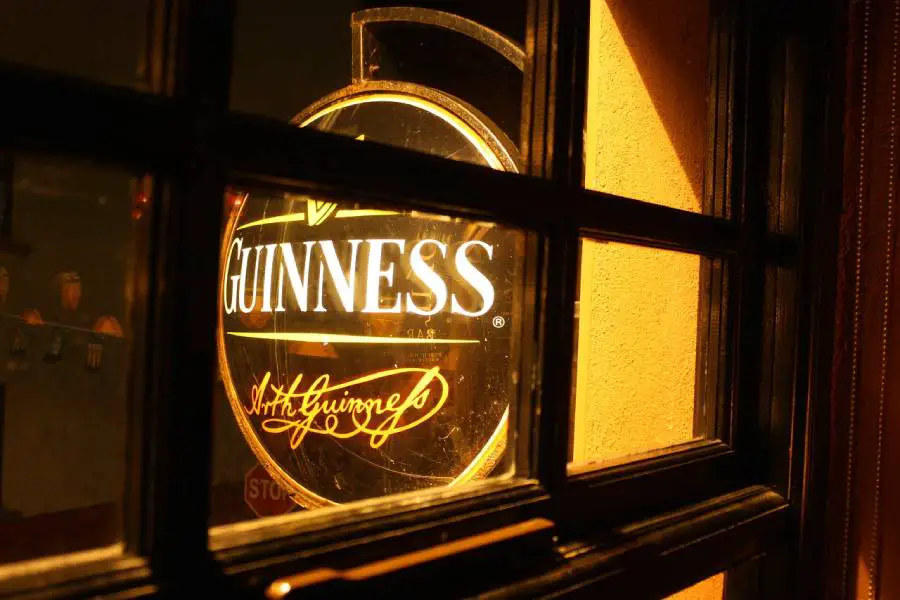Brewing beer without secondary fermentation is an efficient and straightforward method for those looking to simplify the process while still achieving great taste. By focusing on primary fermentation, you can save time and reduce the risk of contamination. This approach keeps brewing accessible and perfect for beginners and seasoned brewers alike.
How to Brew Beer Without Secondary Fermentation
To brew beer without secondary, start by gathering fresh ingredients, including malt, hops, yeast, and water. Opt for quality grains and hops to set a solid base for flavor. Measure out each ingredient, ensuring you have the right amounts for your recipe. Having everything ready from the start makes the brewing process smoother and more enjoyable.
Next, mash the malt by mixing it with hot water to extract fermentable sugars. This process is followed by lautering, where the wort is separated from the spent grains. After lautering, transfer the wort back into the kettle and bring it to a boil. Add hops during boiling to contribute bitterness, flavor, and aroma to the beer.
Once the boil is complete, cool the wort quickly using a wort chiller or an ice bath. Take an original gravity reading with a hydrometer to measure the sugar content, which helps estimate the final alcohol level. Transfer the cooled wort into the fermenter, pitch the yeast, and seal the fermenter with an airlock. Let fermentation occur in a cool, dark place for about two weeks, and your beer will be ready to bottle.
Step-By-Step Guide to Brewing Beer Without Secondary Fermentation
Beer brewing begins with primary fermentation, which is the most important stage. Therefore, you must first learn primary fermentation to skip the secondary stage. Here is the detailed process for primary fermentation:
Step 1: Gather the Brewing Materials
Here are the materials you will need:
- Brew Kettle: You will need this to boil ingredients, such as water, hops, and malt. Boiling helps extract fermentable sugars and flavors from the ingredient. It also sterilizes the wort.
- Conical fermenter: This is a container where fermentation takes place. In this case, we will use a conical fermenter since we will avoid secondary fermentation.
- Water, yeast, malted barley, and hops: These are the four main ingredients in the brewing process. You can add other ingredients, such as chocolate, fruits, or coffee, to enhance the flavor.
- Airlock: An airlock is an excellent piece of equipment placed on top of the fermenter. It allows the gas to escape from the fermenter. It also prevents oxygen and other contaminants from entering.
- Hydrometer: This one helps you measure the specific gravity of liquid to determine alcohol content of beer. You must take the original gravity (OG) and final gravity (FG) to get the ABV (alcohol by volume) of the beer.
- Thermometer: You will need this to monitor and control the temperature during various stages of brewing.
- Immersion chiller: This equipment is ideal for cooling the wort after boiling. Cooling helps achieve a desirable temperature for fermentation. You can use an ice bath if you don’t have an immersion chiller.
- A sanitizer: This helps sanitize the brewing equipment to avoid contaminating the beer. Use a non-rinse sanitizer to make the work easier.
- A bottle capper: You will need this for capping your bottles after filling them with beer. Bottle caps help maintain the quality, stability, and freshness of the beer.

Step 2: Malting
Malting is the first stage in beer brewing and involves steeping, germinating, and drying grains to convert them into malt. Steeping is soaking raw barley to initiate the germination process. During steeping, water is absorbed by the barley kernels, which softens them and triggers the release of enzymes (takes 40 to 48 hours).
After steeping, the barley is transferred to a germination vessel or malt floor. Germination involves allowing the grains to sprout, which activates various enzymes and triggers biochemical changes inside the kernel. Once the desired level of modification is achieved, the germination is halted by heating malt in a kiln. The heating helps beer produce its final color and flavor.
The malting process is crucial because it activates enzymes such as amylase, protease, and beta-glucanase. These enzymes play vital roles in converting starches into fermentable sugars during brewing. Malting also contributes to the development of flavors, colors, and aromas in the final beverage.
Step 3: Mashing and Lautering
Mashing involves mixing malted barley with hot water to produce a porridge-like mixture that contains grist suspended in water. It is an ideal brewing process since it activate the enzymes to break the starch into fermentable sugars (wort).
There are two types of mashing: infusion and decoction mashing. Infusion mashing involves heating the entire mash at saccharification temperature. Decoction, however, involves heating a portion of mash to a boiling point and then adding to the entire mash.
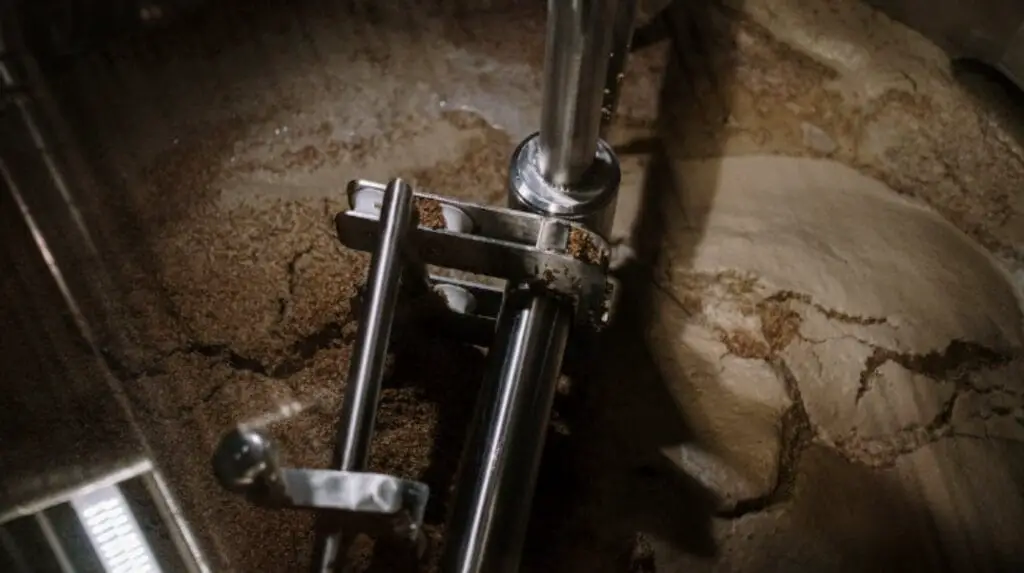
Mashing results in two products: wort and spent grain. Wort is the sweet liquid that helps produce the beer after adding yeast and fermenting. Spent grain is the solid residue of malted barley that sinks at the bottom of the lautering tun. You must separate the two through lautering.
Step 4: Boiling the Wort
After separating wort from the spent gain, it is time to boil it to a temperature of 212 degrees Fahrenheit. Boiling wort halts the starch to sugar conversion and also helps sterilize the liquid. It is during the boiling process that hops are added.
Hops introduce bitterness, flavor, and aroma to your beer. It is also at this stage (the last 5 minutes of boiling) that you can add the flavoring ingredients. Some of the ingredients to add include chocolate, fruits, or spices.
Step 5: Cooling the Wort and Taking the Original Gravity
After boiling your wort, you need to cool it rapidly before moving it to the fermenting vessel. Rapid cooling ensures the protein in wort clumps together and settles out. Cooling also provides a favorable temperature for the yeast to eat the sugars (to produce alcohol and carbon dioxide).
Cooling the wort to a favorable temperature depends on the beer you are brewing. Most ales work well between the temperature of 68 to 72 degrees Fahrenheit, while lagers work well between 45 to 57 degrees Fahrenheit. So, you need to understand the type of beer you are brewing before cooling your wort. Take the gravity reading using the hydrometer, record it, and move to the next stage.
Step 6: Fermentation
After cooling the wort to a favorable temperature, transfer it to a fermentation vessel. In this case, we must use a conical fermentation vessel since we will skip the secondary stage. Before transferring the wort into the vessel, ensure it is clean (fermenter). You can use a non-rinse sanitizer to avoid the tedious cleaning process. Still, you can boil the fermenter in hot water.
After transfering wort, add yeast (according to the instructions provided in the package) and use an airlock to seal. Next, store the fermenter at an ideal temperature (depending on the beer you are brewing) for about 3 to 7 days.
During fermentation, the yeast works on wort to produce alcohol and carbon dioxide. After the recommended time, open the bottom of the conical fermenter and remove the sediments. Next, use your hydrometer to record the beer’s final gravity (FG).
That is it. You have brewed your beer without secondary fermentation.

Frequently Asked Questions
How Do You Calculate the Alcohol Content of the Beer?
To calculate the alcohol content of beer, you need to know the beer’s original gravity (OG) (before fermentation) and the final gravity (FG) (after fermentation). Subtract the FG from the OG and multiply by 131.25. The result will be the alcohol content by volume (ABV) of the beer.
Why Do You Need Secondary Fermentation?
Secondary fermentation allows beer to develop clearer appearance, enhanced flavors, and smoother mouthfeel. During this phase, remaining yeast settles out, reducing cloudiness and any off-flavors. It’s particularly helpful for high-alcohol or complex brews that benefit from additional conditioning. This step isn’t mandatory, yet it can elevate the final product.
Does Fermenting Beer Longer Make It Strong?
Fermenting beer longer does not necessarily make it stronger. The alcohol content in beer is determined by the amount of fermentable sugars converted into alcohol during fermentation. Once all the available sugars have been consumed by yeast, the fermentation process naturally slows down, and the alcohol content levels off.
Conclusion
It is possible to brew your beer without the secondary fermentation. The most critical equipment that helps during this process is the conical fermenter. It helps remove the sediments without interfering with the beer. Therefore, ensure you have the equipment to make the process easier and save time skipping the stage. Always drink responsibly.



